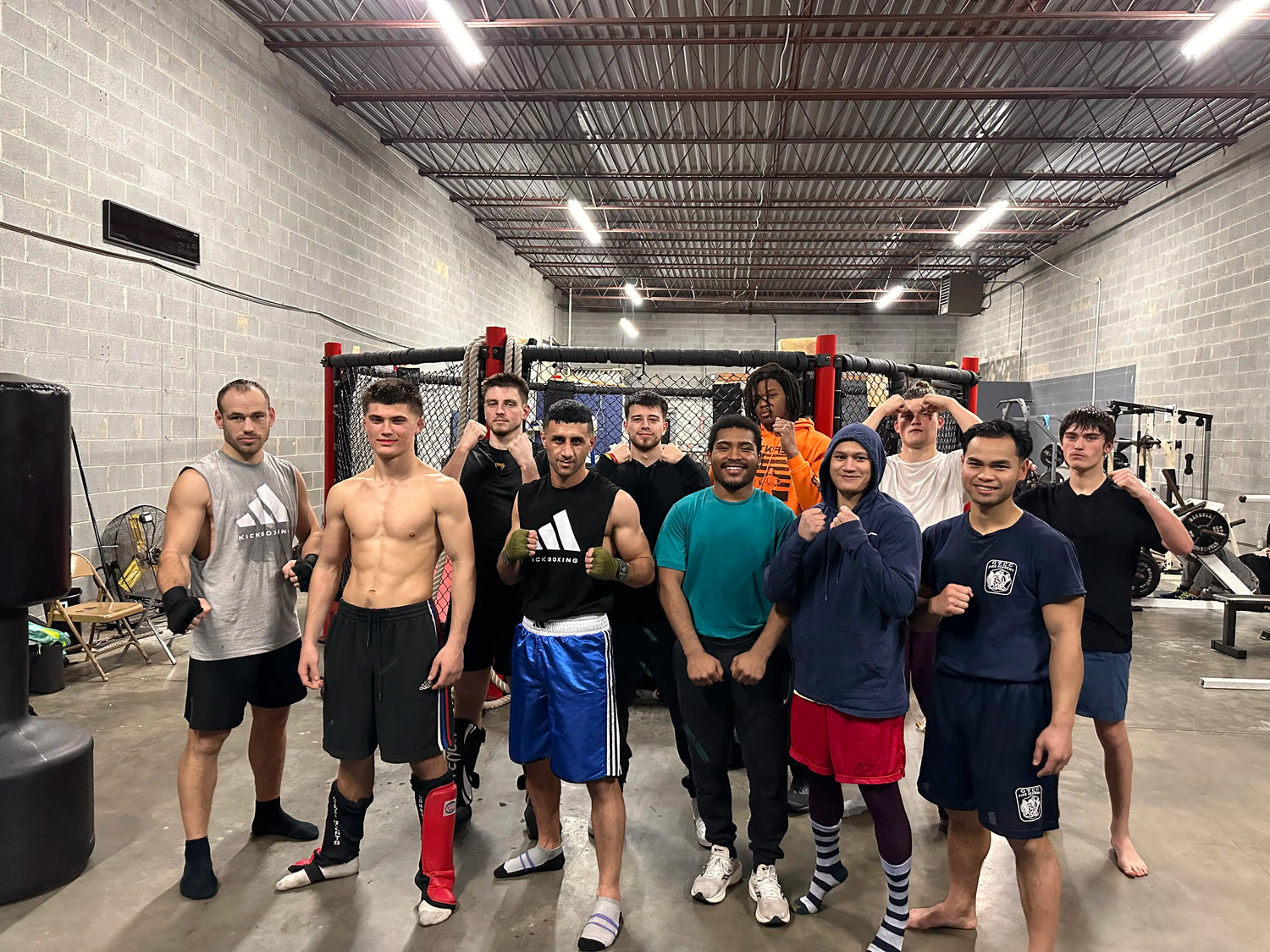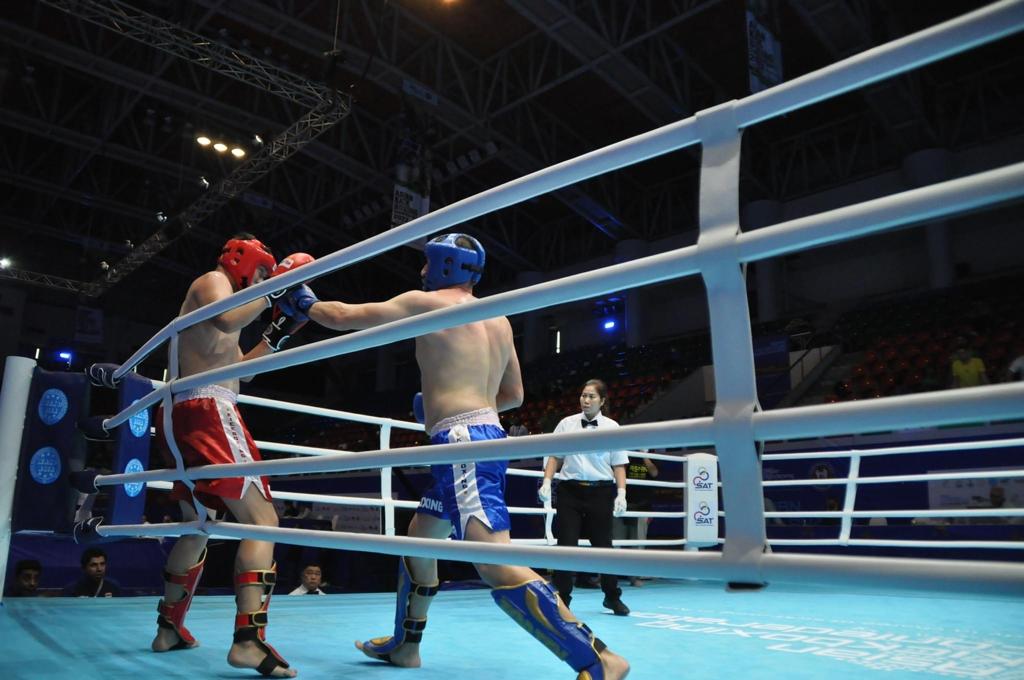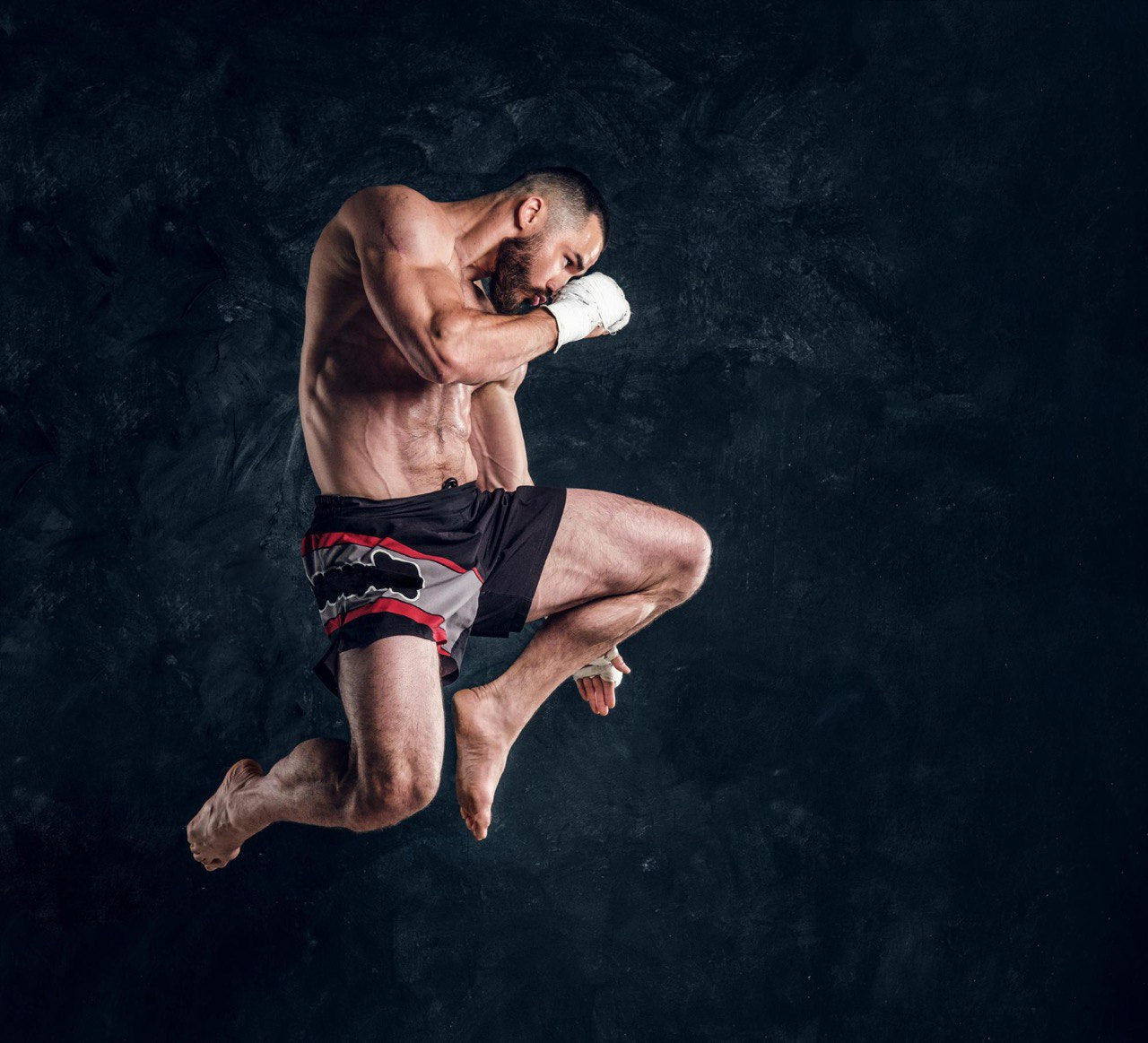Introduction:
The World Association of Kickboxing Organizations (WAKO) has seen an extraordinary surge in international participation, with over 130 member countries as of March 2023. This increased level of competition has necessitated an escalation in kickboxer training and skill development. With the mounting intensity of the WAKO World Championships, it's clear that kickboxing is gaining worldwide popularity.
In this blog post, we delve into some common weaknesses observed in US kickboxers participating in WAKO championships. Drawing upon my experience as an international athlete and a Ph.D. student in Exercise Science, I offer evidence-based strategies to enhance performance.
Body:
- Over-Reliance on MMA Fighting Style
It's become commonplace for WAKO USA kickboxers to adopt MMA fighting techniques due to its growing popularity in the US. Unfortunately, MMA styles don't translate well into WAKO kickboxing competitions. Techniques such as wide stance, no footwork, lower and open guard, and open palms are ineffective in kickboxing. It's crucial for kickboxers to focus on their footwork, rapid and efficient strikes, and maintaining a suitable guard, given the absence of grappling in kickboxing.
- Adopting Professional Boxing Style
Another pitfall for US kickboxers is mimicking professional boxers. In WAKO kickboxing, it's essential to concentrate on both kicks and punches, unlike professional boxing which leans heavily on punches. Adopting a boxing-focused style can put kickboxers at a disadvantage as the scoring methods, techniques, and energy systems differ greatly between the two sports.
- Excessive Weight Cutting
Many kickboxers tend to follow MMA athletes' routine of drastic weight cutting before competitions. However, unlike MMA, WAKO kickboxers do not have ample time to rehydrate following weigh-in, which can negatively impact their performance and health, leading to dehydration, cognitive function compromise, muscle strength loss, electrolyte imbalance, and increased injury risk. For more information, refer to the article about Weight management during WAKO Kickboxing Competitions.
- Differentiating Between Tatami and Ring-Style Kickboxing
Understanding and training for the unique demands of Tatami and Ring-style kickboxing is crucial for athletes aiming to excel in both styles. My recently published academic article in the Russian Journal of Physical Education and Sports provides valuable insights for coaches and athletes interested in enhancing their performance in both styles.
Conclusion:
As the world of kickboxing continues to evolve, it's essential for US kickboxers to adapt and fine-tune their strategies and training regimes. Recognizing these common shortcomings and working to rectify them can significantly improve the performance and ranking of US kickboxers in WAKO Championships.





